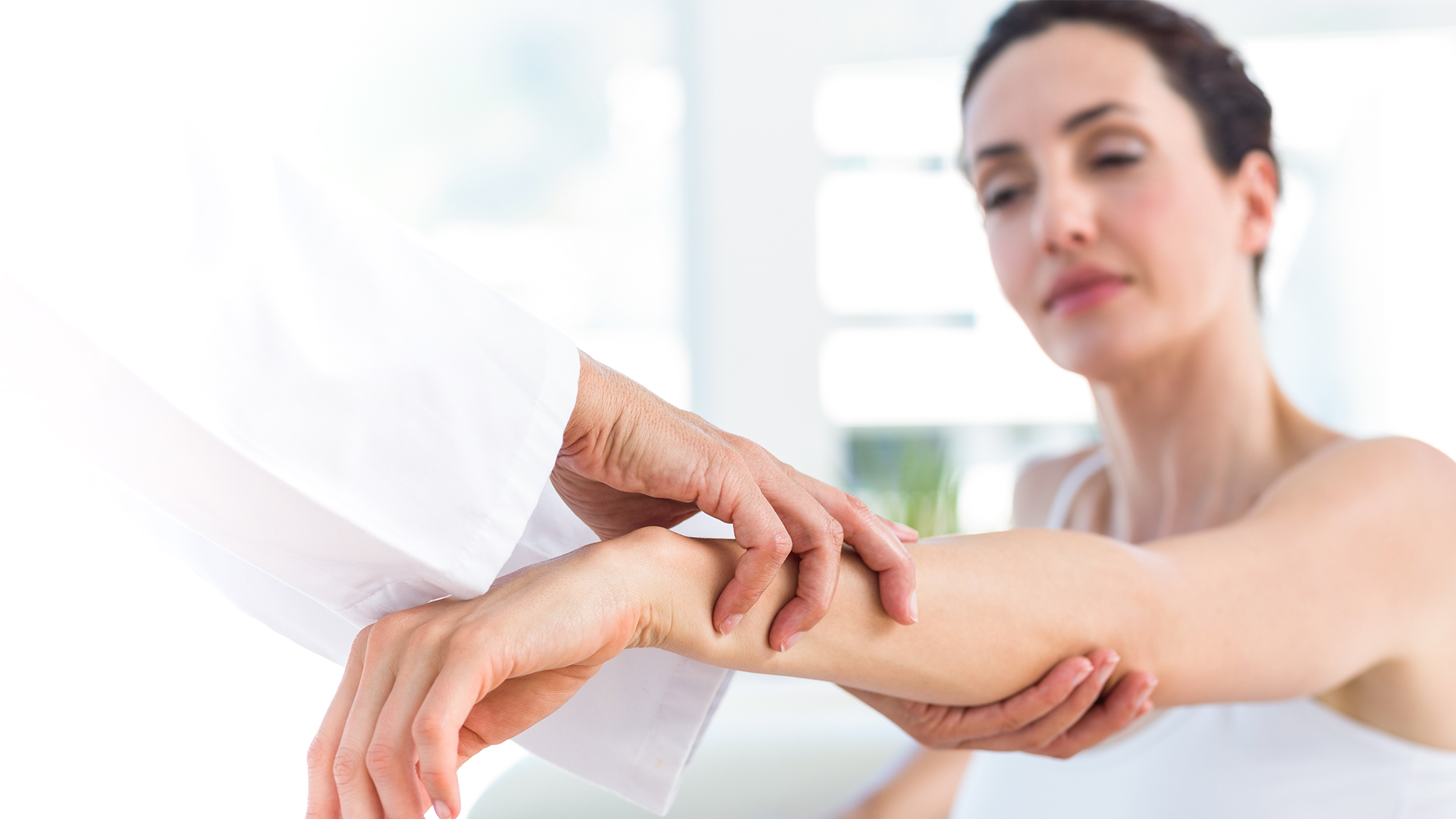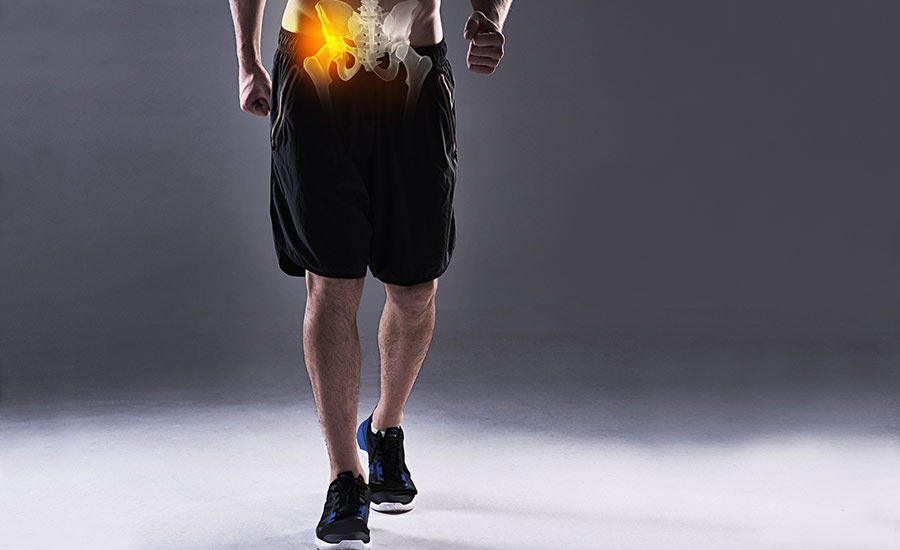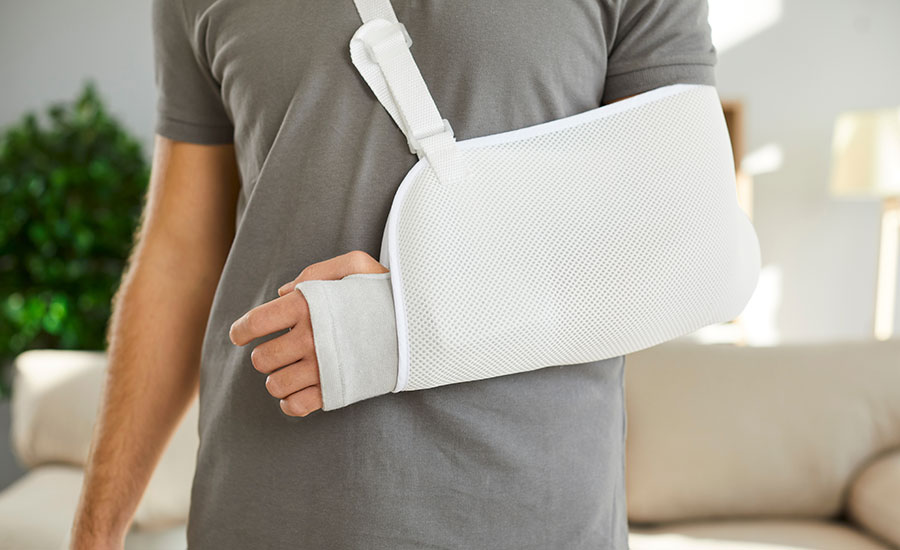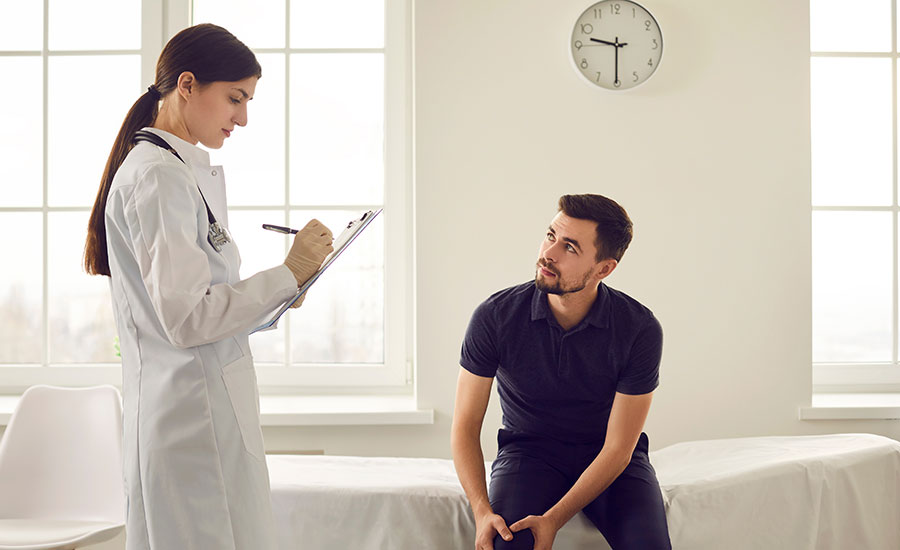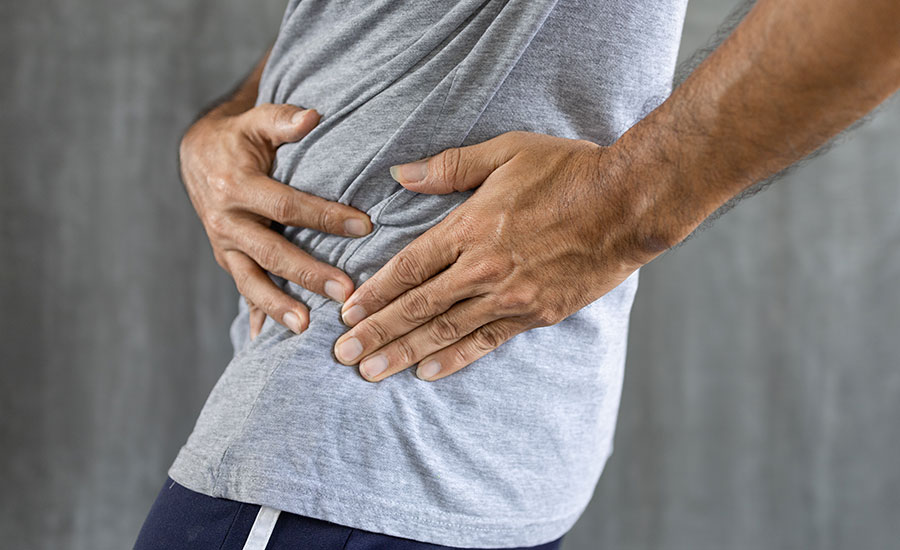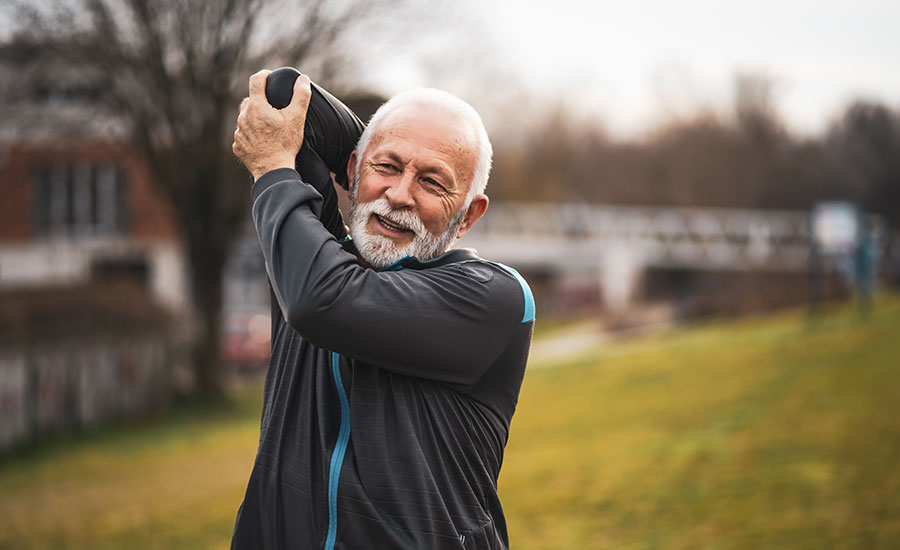
What Is Elbow Arthroscopy?

Meet Our Elbow Arthroscopy Specialists
Find a Specialist Near You
Get the care you deserve close to home at one of our New Jersey or New York Locations.
About Elbow Arthroscopy

Who Might Need Elbow Arthroscopy?
Elbow arthroscopy may be recommended if you’re experiencing chronic pain, swelling, or stiffness in your elbow joint. It is often recommended if you have sustained an injury or have a medical condition that affects the elbow joint.
This procedure can be used to diagnose and treat a range of conditions affecting the elbow, including:
- Loose bodies
- Tennis elbow
- Golfer’s elbow
- Elbow fractures
- Cartilage injuries
- Synovitis
- Osteochondritis dissecans
At OrthoEast, we will conduct a thorough evaluation of your condition, including a physical examination and diagnostic imaging tests if needed. Based on this evaluation, we will recommend the most appropriate treatment option for your condition.
Our board-certified physicians offer compassionate support and strive to build strong relationships with our patients. This enables us to guide you through your procedure with comfort and confidence.
Our team of elbow specialists includes Dr. Andrew McGinniss, Dr. Anthony Scillia and Dr. Casey Pierce.
Conditions That Require Elbow Arthroscopy
Not all elbow conditions will require arthroscopy, as some conditions can be treated with non-surgical methods such as medication or physical therapy.
Conditions that could require elbow arthroscopy surgery include:
- Loose bodies: Loose bodies in the elbow joint can cause pain, swelling, and limited mobility. Elbow arthroscopy can be used to remove these loose bodies, which can help reduce pain and improve joint function.
- Tennis elbow: Tennis elbow is a prevalent condition that results in discomfort and sensitivity in the outer region of the elbow. Elbow arthroscopy may be recommended for individuals who do not respond to conservative treatments, such as rest and physical therapy.
- Golfer’s elbow: Golfer’s elbow, also known as medial epicondylitis, is a condition that causes pain and inflammation in the tendons that attach to the bony bump on the inside of the elbow. By removing the damaged tissue and improving the stability and function of the elbow joint, arthroscopy can help to alleviate pain and improve range of motion in the affected arm.
- Cartilage injuries: Cartilage injuries refer to damage or injuries to the cartilage tissue in the elbow joint. Elbow arthroscopy can be used to repair or remove damaged cartilage in the elbow joint to help reduce pain and improve joint function.
- Synovitis: Synovitis is a condition that occurs when the synovial membrane becomes inflamed. Elbow arthroscopy can be used to remove inflamed tissue and improve joint function.
- Osteochondritis dissecans: Osteochondritis dissecans is a condition that occurs when bone and cartilage inside a joint becomes loose and separates from the surrounding bone. Arthroscopy may be needed to remove the loose piece of bone and cartilage and repair any damage to the surrounding tissue.
How Is Elbow Arthroscopy Performed?
Elbow arthroscopy is typically performed on an outpatient basis under general or regional anesthesia.
During the procedure, we make several small incisions around your elbow joint and insert a thin, flexible tube with a camera and surgical instruments into the joint.
The camera provides a clear view of your elbow joint, allowing us to diagnose and treat any issues with the appropriate elbow arthroscopy procedure.
Elbow Arthroscopy Procedures at OrthoEast
At OrthoEast, our physicians perform a range of arthroscopy procedures, including:
For tennis elbow, we use arthroscopic techniques to remove the damaged tissue and any bone spurs that may be contributing to the problem.
We may also use a small knife to release the tight, inflamed tissue around the affected tendon.
For golfer’s elbow, we can use the arthroscopy procedure to remove any damaged tissue or bone spurs that may be causing irritation or inflammation in the joint.
We can also repair any tears or injuries to the tendon or ligament.
A synovectomy is performed to remove inflamed or damaged synovial tissue that lines the elbow joint, typically to treat synovitis.
We perform a synovectomy using minimally invasive arthroscopic technique, like inserting a small camera called an arthroscope into the joint through a small incision. This allows us to visualize the joint and remove the damaged synovial tissue.
Elbow arthroscopy can be used to remove loose bodies that are causing pain, swelling, and limited range of motion in the elbow joint. Loose bodies can occur as a result of trauma, degenerative joint disease, or other underlying conditions.
During this procedure, which offers a high success rate, we make small incisions around the elbow joint and insert a small camera called an arthroscope. The arthroscope allows us to see inside the joint and identify any loose bodies that may be causing pain or discomfort.
Elbow arthroscopy can be used to repair damaged cartilage in your elbow joint.
This arthroscopy procedure allows us to access the inside of the joint and remove damaged or loose cartilage to stimulate the growth of healthy cartilage.
Osteophytes, or bone spurs, can develop in the elbow joint because of arthritis or other conditions.
Elbow arthroscopy can be used to remove these bone spurs, which can help reduce pain and improve your joint function.
Elbow arthroscopy can be used to treat certain types of elbow fractures.
During this procedure, we use small incisions and an arthroscope to realign the bones and stabilize them with screws, pins, or wires.
Arthroscopic surgery can be used to treat minimally displaced radial head fractures that involve a single large fragment.
How Long Does Elbow Arthroscopy Take?
Most elbow arthroscopies take between 30 minutes to one hour.
However, the length of time it takes to perform elbow arthroscopy can vary depending on the specific procedure being performed and the extent of the condition.
How To Prepare for Elbow Arthroscopy
Our specialists at OrthoEast will provide you with detailed instructions on how to prepare for your procedure. We may recommend that you:
- Avoid food or drinks: You may need to refrain from eating or drinking for a certain period of time before the surgery to prepare your body for the procedure.
- Stop medications: Certain medications or supplements may need to be temporarily stopped before the surgery.
- Arrange for transportation: Since you will be under the effects of anesthesia, you will not be able to drive yourself home after the procedure, so it is important to arrange for a ride.
- Wear comfortable clothing: Wearing loose, comfortable clothing on the day of the surgery can help you feel more relaxed before the procedure.
- Bring necessary documents: It is important to bring any required paperwork or documents with you to the surgery center.
Our OrthoEast team will guide you through the preparation process and answer any questions you may have to ensure that you are well-informed, comfortable, and confident about your elbow arthroscopy procedure.
What To Expect After Elbow Arthroscopy
After elbow arthroscopy, you can expect to experience some pain and swelling in the affected area. You may also have some stiffness and limited range of motion in your elbow. It is important to rest and take it easy for the first few days following the procedure, to allow your body time to heal.
In the days and weeks following the surgery, you will work with your doctor (and likely a physical therapist) to manage your pain, reduce swelling, and restore your elbow’s range of motion and strength. This will involve following a specific rehabilitation plan that is tailored to your individual needs.
We also recommend that you use a sling or other supportive device to help protect your elbow as it heals. It is important to follow advice from our OrthoEast team to avoid complications and ensure that you’re able to return to your normal activities as soon as possible.
Elbow Arthroscopy Surgery Recovery Time
The recovery time after the surgery can vary depending on the type and extent of the procedure, as well as factors such as your age and overall health. You can expect to be able to return to normal activities within a few weeks after the surgery.
During the first few days after the surgery, you may experience some pain, swelling, and stiffness in your elbow. You will need to keep your arm elevated and apply ice packs regularly to help reduce swelling and discomfort. It’s also crucial to rest your joints and stimulate circulation through finger or wrist movements.
After the first week, you will likely begin physical therapy to help improve your range of motion and strength in your elbow. Your physical therapist will guide you through your recovery and help you regain full function of your elbow.
Schedule A Consultation With Our Elbow Arthroscopy Specialists At OrthoEast
We understand that the thought of having any type of surgery can be overwhelming. That’s why our compassionate team at OrthoEast offers personalized care every step of the way, answering questions and providing recommendations to put your mind at ease.
Find us at one of our locations in New Jersey or New York to schedule a consultation:
- Wayne, NJ
- Morristown, NJ
- Clifton, NJ
- Linden, NJ
- Wall Township, NJ
- New York, NY
